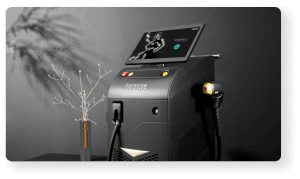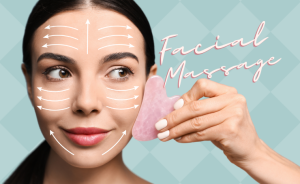Nose piercing is a type of body modification that involves inserting jewelry, such as a stud or ring, into the tissue of the nose. Practiced for centuries across different cultures, nose piercing can have decorative, cultural, or symbolic significance.
The process usually involves puncturing the skin or cartilage of the nostril using a sterile needle. The most common placements are the side of the nostril and the septum (the thin wall of cartilage between the nostrils).
Jewelry can be made from materials like stainless steel, gold, silver, or titanium.
While some cultures associate nose piercings with traditions and rituals, in contemporary society, it is often an expression of individuality and fashion.
Nose piercings come with risks such as infection, allergic reactions, and complications during healing. Proper aftercare and consulting a professional piercer are essential to minimize these risks.
Other Body Piercings
Ear Piercing:
Ear piercing involves creating a small hole in the earlobe or cartilage to insert jewelry. It is one of the oldest and most common types of body modification worldwide.
Belly Piercing:
Also known as navel piercing, this involves inserting jewelry through the skin around the navel. It has become a popular symbol of self-expression and modern body art.
Benefits of Nose Piercing
Nose piercings are primarily about personal expression, but some individuals may find additional value:
Self-Expression: Allows individuals to showcase their personality, style, and creativity.
Cultural and Traditional Significance: Connects individuals with heritage, cultural identity, or religious rituals.
Confidence and Empowerment: Can boost self-esteem and foster a stronger sense of body ownership.
Fashion and Aesthetics: Enhances facial features, draws attention to the eyes, and adds a unique touch to personal style.
It’s important to remember that these benefits are subjective and vary from person to person. Considering cultural context, personal preference, and potential health risks is key before deciding to get a nose piercing.

Types of Nose Piercings
There are several types of nose piercings, each offering a unique style and placement:
Nostril Piercing:
The most common type, involving the puncturing of the nostril’s skin or cartilage. It can be placed higher or lower on the nostril based on personal preference. Jewelry options include studs, hoops, and rings made from materials like titanium, gold, or surgical steel.
Septum Piercing:
This passes through the “sweet spot” — the thin area in the septum — and is adorned with circular barbells or captive bead rings. Healing typically takes 6 to 8 weeks.
Bridge Piercing:
Also called an “Erl” piercing, placed horizontally across the bridge of the nose between the eyes. It uses straight or curved barbells and requires careful placement to avoid migration.
Nasallang Piercing:
A more complex style that passes through both nostrils and the septum at once, requiring advanced skill. It uses a straight barbell and has a healing time of around 6 to 9 months.
Rhino Piercing:
A vertical piercing through the tip of the nose. Straight or curved barbells are used for this unconventional style.
Vertical Tip Piercing:
Similar to rhino piercing but usually slightly off-center, piercing vertically through the tip of the nose.
Focused Details on Common Piercings
Nostril Piercing Procedure:
Involves marking the desired spot, sterilizing the area, and piercing with a needle. Healing usually takes months to a year, requiring careful aftercare like saline rinses and avoiding jewelry changes too soon.
Septum Piercing Procedure:
Performed through the thin, fleshy spot in the septum. Retainers can be used to hide the piercing when needed, especially in professional environments.
Bridge Piercing Procedure:
Involves delicate skin over bone. Risk of migration is higher, and healing can be longer. Eyeglasses may also irritate this area.
Nasallang Piercing Procedure:
A complex piercing that must pass through three points at once. High risk for rejection if not properly aligned.
Vertical Tip Piercing Procedure:
Goes vertically through the nose tip. It’s less common and requires extra care to avoid complications.
Important Aftercare Tips
Regardless of the piercing type, proper aftercare is essential:
Clean the piercing twice daily with a saline solution.
Avoid touching the piercing with dirty hands.
Don’t rotate or move the jewelry unnecessarily.
Avoid swimming in pools or exposing the piercing to bacteria until fully healed.
Always seek a professional piercer for advice and follow their instructions closely to ensure successful healing and minimize risks.
Final Thoughts
Nose piercings are more than just a trend — they can embody deep personal meaning, cultural connections, or simply artistic expression. By understanding the types, risks, and aftercare involved, you can make an informed decision that fits your personal journey.
Choosing the right professional, practicing diligent aftercare, and being patient through the healing process are key to ensuring a safe and satisfying piercing experience.










